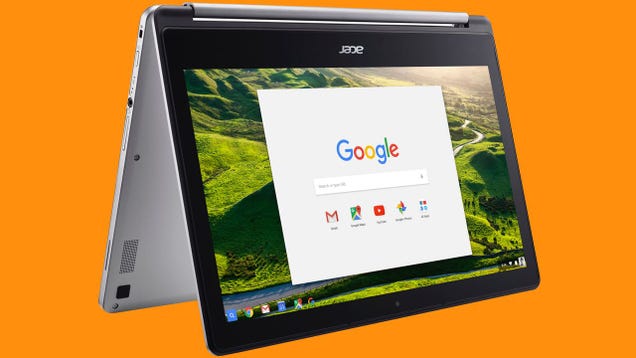Hasselblad reveals a Moto Mod that replaces your Moto Z's camera
Source: https://www.engadget.com/2016/08/31/moto-z-hasselblad-true-zoom/
Remember the days before the Moto Z launched, when a mysterious camera MotoMod was leaked along with a handful of other snap-on accessories? Remember when the Z and Z Force launched, and that camera was nowhere in sight? Well, the wait is (almost) over. Motorola just revealed the fruit of its close collaboration with Hasselblad today -- the $250 True Zoom -- and it's set to launch on September 15.
Like, say, Sony's peculiar lens cameras, the True Zoom replaces the 13/16/23-megapixel on the back of whichever Moto Z you happen to own. Instead, you'll start working with a 1/2.3-inch 18.9-megapixel with big (think 1.55 micron) pixels and a 10x optical zoom. You'll probably notice a few things right off the bat. First off, everything's really well constructed. The mod itself is light, and when it's strapped to a Moto Z the textured grip is easy to hold on to and the zoom rocker around the shutter button works like a charm. With a big lens housing, a xenon flash and dark trim, the whole thing looks exactly like a pricey point-and-shoot from a distance. More importantly, the True Zoom behaves like one, too.
Early test JPEG and RAW shots came out remarkably crisp in both bright and low-light conditions, just as you'd expect from a sensor with pixels that big. (Friendly reminder: fretting about megapixels is almost completely pointless these days.) That crispness persists even when you're zoomed in all the way, which is frankly incredible. Think about it: the more you zoom, the more the minute motions of your hands get magnified. Lackluste stabilization would make for a Monet-like soft image at best and a hot blurry mess at worst, but the True Zoom does an incredible job of keeping things tight and focused.
You can even reach beyond the limits of lens thanks to an additional 4X digital zoom, but really, you're better off steering clear. That's nothing against Hasselblad -- digital zoom is just by nature a lousy compromise. (Alas, a pre-release software update basically bricked our True Zoom demo unit so we'll update this story with sample photos once we get another to play with.)
Frankly, it's a little strange to see Hasselblad dabbling with smartphone accessories of all things. In case you're not familiar, the storied Swedish company specializes in expensive medium format cameras -- at time of writing, the cheapest new Hasselblad camera on the market will set you back more than $6,000. To hear company spokespeople tell the tale, Hasselblad has been exploring more consumer-friendly options for a while, and Motorola's high-speed MotoMod connector was intriguing because of how seamlessly it allows third-party hardware to meld with the host device. Speaking of seamless, the True Zoom also plays nice with third-party camera apps, though whether you need them is another story. the stock Moto Camera app has been tricked out with extra scene modes and presets for sports and night photography.
What we have here isn't Hasselblad at its most ambitious, but Hasselblad at its weirdest, its most experimental. The jury's still out on whether anyone actually wants (or needs) to carry something like this around, but hey -- there's still something to be said for ambitious, elegant weirdness. Stay tuned for more as we continue our testing.
We're live all week from Berlin, Germany, for IFA 2016. Click here to catch up on all the news from the show.



